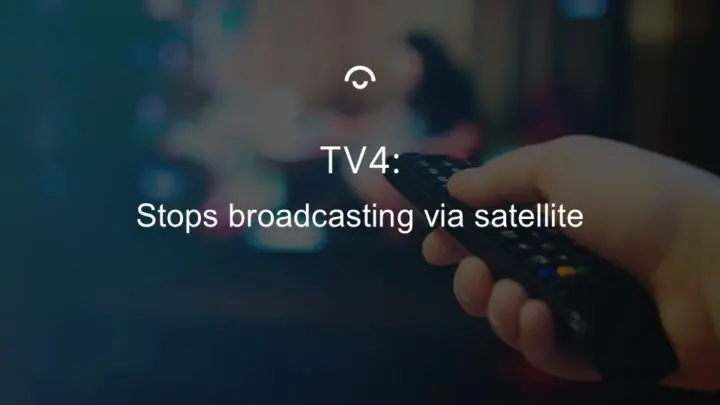Recent reports have highlighted the challenges some data centers face in meeting the capacity requirements of AI companies [1] [2]. At Binero, we want to address this as we haven’t experienced these issues in our facility. Our state-of-the-art data center is equipped to meet both today's and tomorrow's cooling and power demands.
Binero's data center, Binero STO1, was built from the ground up to tackle all the challenges data centers face, from security to capacity. Every system—network, energy, and cooling—is designed with dual redundancy. Below, Emil Waldersten, CTO, explains how our data center is equipped to handle even the heaviest workloads.
How We Meet AI Workload Demands – with Capacity to Spare
At Binero, we have designed our data center, Binero STO1, to meet and exceed the highest demands for capacity and efficiency. Previous GPU-intensive technology trends have already tested our infrastructure, and as AI technology grows, we see similar needs for robust solutions. Our data center is built to handle these evolving technological requirements, and we are far from experiencing any capacity shortages.
We ensure our customers have access to up to 44kW per rack for both power and cooling. Our power, cooling, and network systems are built with A+B redundancy, meaning two separate systems can each independently operate the entire data center.
Our power supply comes from two separate grids, ensuring continuous operation through significant redundancy in the system. A third grid is available, though we've not needed it yet. We handle voltage conversion on-site, which enables us to manage significant power capacity. Our cooling systems are designed to manage the substantial heat loads generated by intensive tasks such as training AI models. Of course, it's also comforting to know that all heat is recycled through the local district heating network!
Our infrastructure is not only built to meet today's needs—it’s designed to be a reliable partner for tomorrow's challenges as well.



